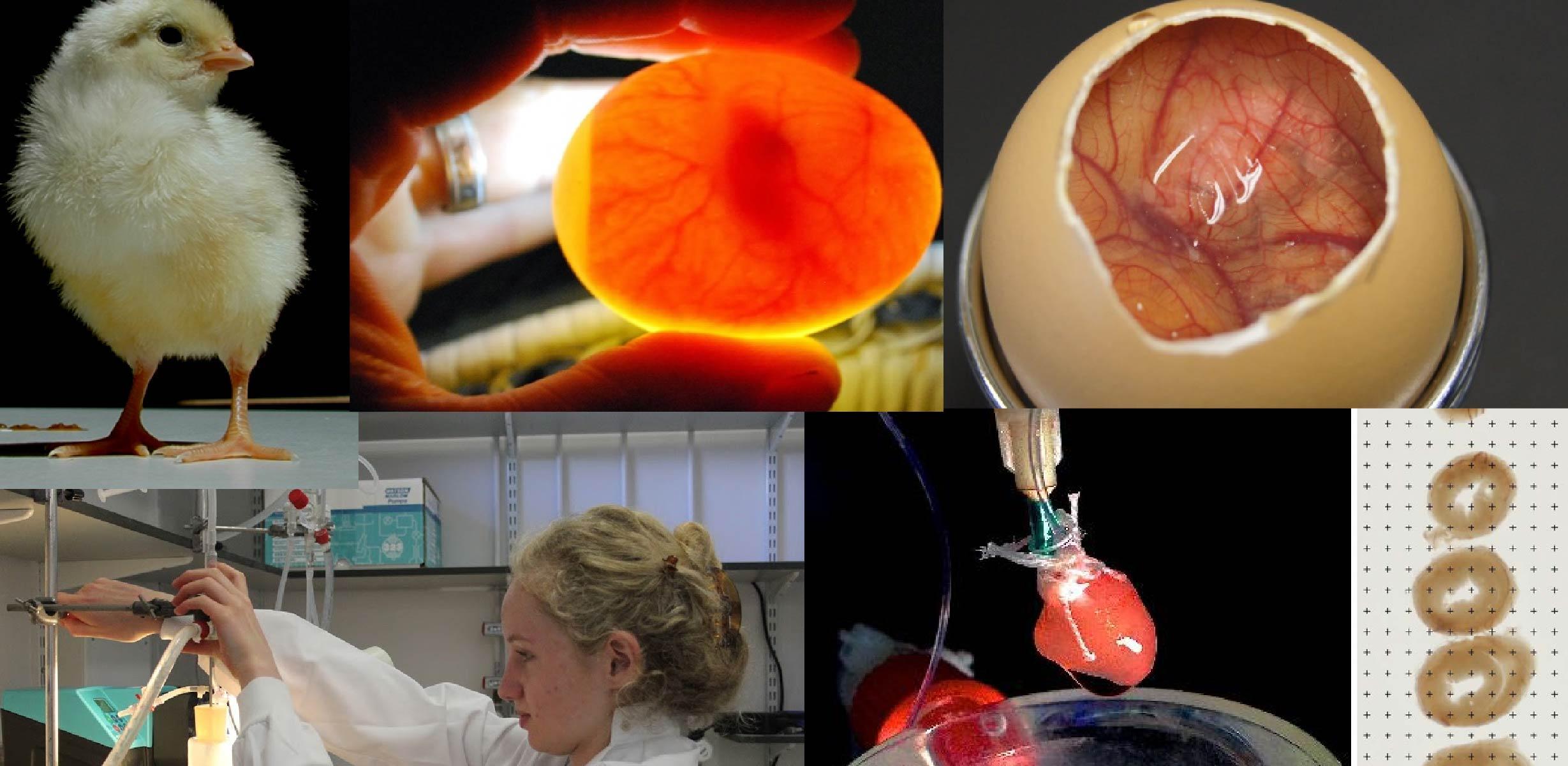
|
Supervised by: Dino A. Giussani (dag26@cam.ac.uk) |
|
|
Project Title: Obstructive Sleep Apnoea During Pregnancy and Early Origins of Heart Disease |
|
|
Project description Obstructive sleep apnoea (OSA) is characterized by episodes of intermittent hypoxia (IH), which promote oxidative stress and increase the risk of heart disease in affected patients. In turn, human pregnancy is associated with OSA, which is aggravated by obesity, the rates of which in the UK, including in women of reproductive age, are reaching epidemic proportions. However, the effects of maternal IH due to OSA during pregnancy on the cardiovascular health of the offspring are largely unknown. A recent study reported that IH in a mouse model of OSA during pregnancy programmed cardiovascular dysfunction in the adult offspring. However, mechanisms remain uncertain because the partial contributions of IH on the mother, placenta and fetus are difficult to disentangle. This project will study the effects of IH in the chicken embryo, an established model system that permits isolation of the direct effects of developmental challenges on the cardiovascular system of the offspring, independent of effects on the mother and/or the placenta. Fertilised chicken eggs will be exposed to normoxia or IH (21% and 5% FIO2, 20 cycles h−1 for 12 h day−1 (Oxycycler, BioSpherix). At day 19 of the 21-day incubation period, hearts will be isolated. In one cohort of embryos, the heart will be mounted onto a Langendorff preparation to determine effects on systolic and diastolic function during basal conditions and in response to a period of ischaemia-reperfusion (IR). Cardiac IR injury will be determined by infarct size (tetrazolium chloride staining). In another cohort of embryos, hearts will be frozen or fixed of molecular and histological analysis, respectively. The project will test the hypothesis that IH, as occurs in OSA during pregnancy, has direct adverse effects on the developing heart independent of additional effects on the mother and/or placenta. The hypothesis will be tested adopting an integrative approach, combining experiments of cardiac function with those at the cellular (histology, stereology), molecular (WB, PCR, miRNA) and mitochondrial (respirometry) levels. |
|
|
References
|
|

